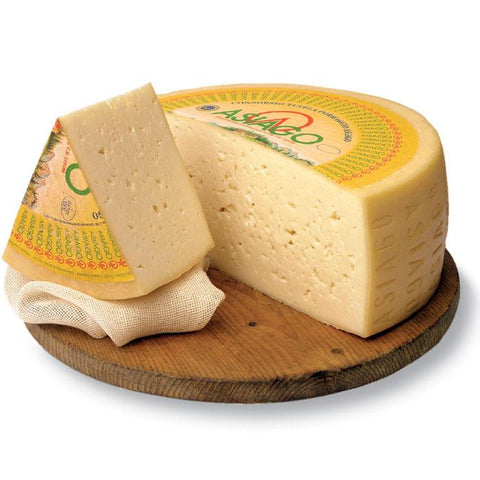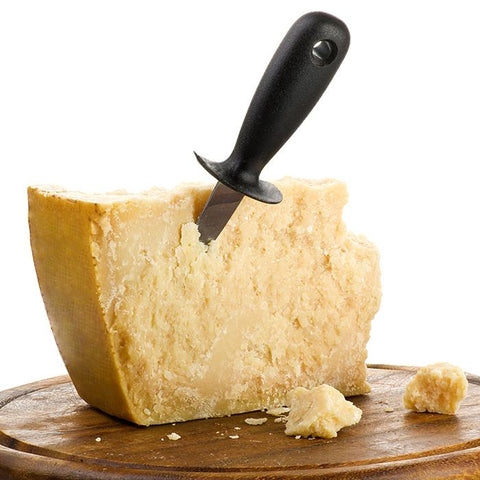Popular Italian Cheeses
Formaggio Italiano Past and Present
Nobody really knows how the Italian fixation with cheese developed, but we do know it is a love affair millennia in the making. The Roman affection for cheese is particularly well documented; many upper class households in the empire had a special auxiliary caseale kitchen set aside specifically for making cheese. The sheep’s milk cheese Pecorino Romano was loved by both nobility and commoner alike. Its crumbly, sharp, nutty flavor made it the toast of royal banquets, but also earned it a reputation among marching Roman legions, who appreciated its ability to keep during long journeys to the rebellious fringes of the empire.
Many of the popular Italian cheese varieties we know and love today began life in the hallowed halls of its ancient monasteries. These centers of religious observance often strove to become self-sufficient in order to maintain their separation from the distractions and temptations of the outside world, and as a result became laboratories of culinary invention. Countless numbers of Europe’s most beloved wines, cheeses, beers and brandies can bear claim to monastic roots. Perhaps the most famous example of this is Grana Padano, one of Italy’s most celebrated grating cheeses. This crumbly, crunchy cheese was created almost 900 years ago by monks in the Abbey of Chiaravalle, in present-day Lombardy.
Today, cheese remains an integral part of the Italian culinary tradition. As of today, almost 450 different types of cheese are produced in Italy, but only 34 of these can make a claim to the most coveted specialty food status -- PDO (Protected Designation of Origin). This designation is given to a select group of products that not only bear the particular qualities of a geographic region, but are also processed and produced within that region. Italy is full of PDO-designated riches. But today, we’re going to highlight just four popular Italian PDO cheeses we think you should have in your pantry.
Asiago

The character of this Venetian cow’s milk cheese changes quite dramatically throughout the aging process, making it an excellent ingredient to have on hand in the kitchen. Fresh Asiago is soft, sweet, lightly tangy and buttery, making it particularly well-suited to be melted on a panini, or into fondue. Aged Asiago, on the other hand, becomes hard and crumbly, perfect for use as a garnish on soups, salads and pastas.
Parmigiano Reggiano

Parmigiano Reggiano is often hailed as “the king of cheeses,” and for good reason. This crumbly, granular cheese has a sharp, savory, bold flavor. It is the perfect power topping for any number of entrees, but can also be enjoyed a la carte with balsamic vinegar, fruit, nuts and charcuterie--especially prosciutto di parma.
Provolone

This cheese hailing from Naples, Italy is a mainstay of pizzas and sandwiches, but its flavor can more than stand on its own. Ranging from provolone dolce (usually aged about 4 months) to provolone piccante (aged up three years), provolone can vary from the mildly sweet to the sharp, salty and almost spicy. There’s no better way to unlock provolone’s full flavor potential to melt it -- after all, there’s a reason it’s a favored formaggio of so many pizzerias across Italy.
Ubriaco

Affectionately referred to as “the drunken cheese,” Ubriaco hails from Italy’s northeastern Veneto region. It is aged for two months to a year, gradually becoming sharper and crumblier. The cheese can then be bathed in any number of delicious vino until it assumes a sweet, aromatic flavor and lush, plum-colored rind. Prosecco is most common choice, but we have a particular fondness for Veneto's local Raboso (IGT). If you’re looking to add a little something special to your next antipasto platter, this just might be the ticket.






